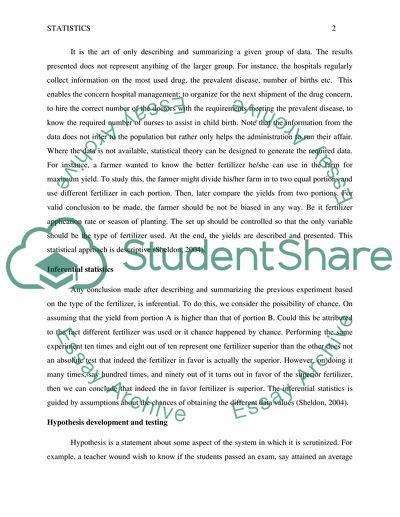Cite this document
(The Role of Statistics in Decisionmaking Research Paper - 1, n.d.)
The Role of Statistics in Decisionmaking Research Paper - 1. Retrieved from https://studentshare.org/statistics/1847497-final-paper
The Role of Statistics in Decisionmaking Research Paper - 1. Retrieved from https://studentshare.org/statistics/1847497-final-paper
(The Role of Statistics in Decisionmaking Research Paper - 1)
The Role of Statistics in Decisionmaking Research Paper - 1. https://studentshare.org/statistics/1847497-final-paper.
The Role of Statistics in Decisionmaking Research Paper - 1. https://studentshare.org/statistics/1847497-final-paper.
“The Role of Statistics in Decisionmaking Research Paper - 1”, n.d. https://studentshare.org/statistics/1847497-final-paper.


